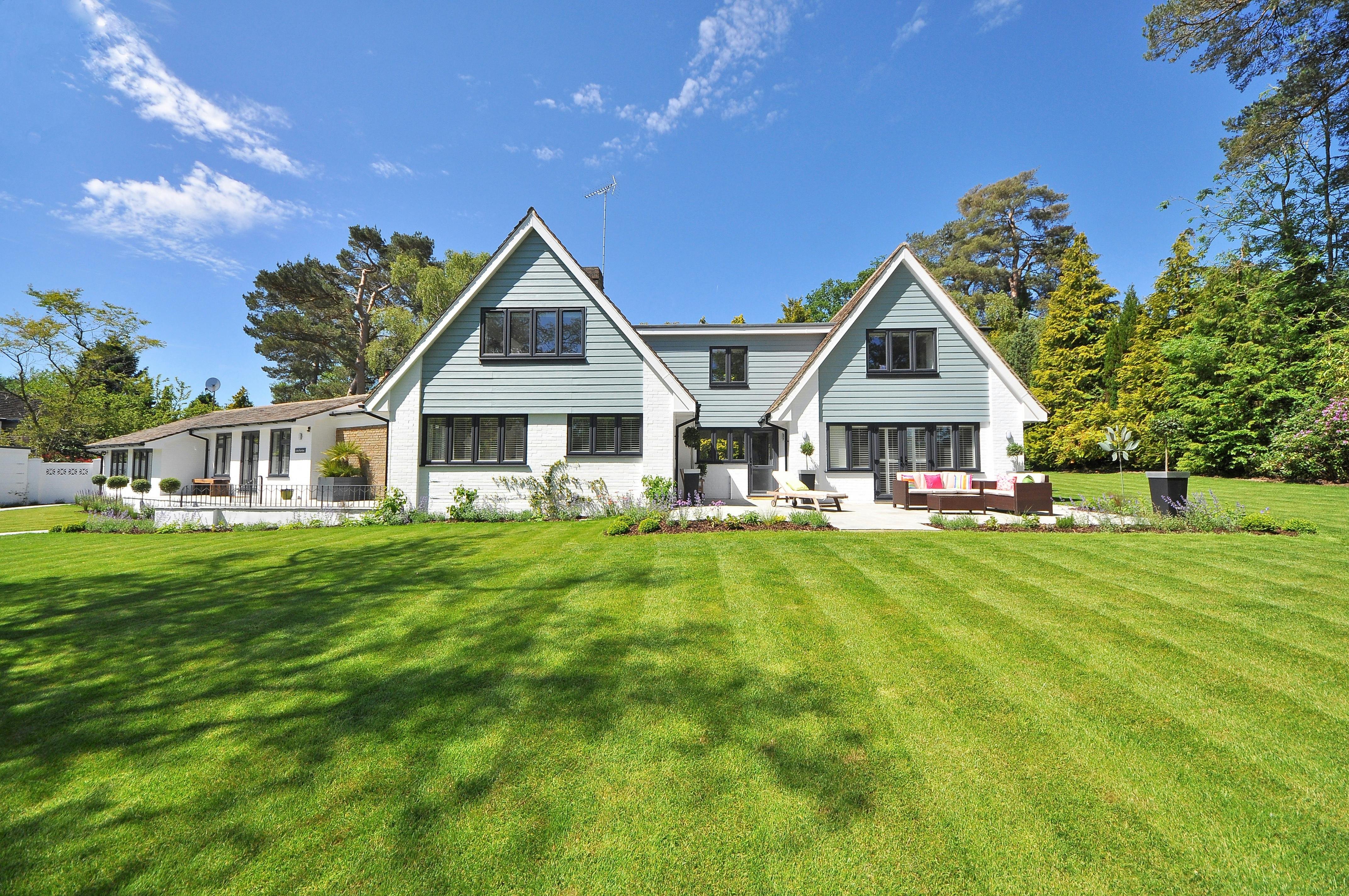Homeowners insurance is essential protection for your most valuable asset, but many homeowners don't fully understand what their policy covers until they need to file a claim. Understanding your coverage can help you avoid unpleasant surprises and ensure you have adequate protection.
Standard homeowners insurance policies typically include dwelling coverage, which protects the physical structure of your home from covered perils such as fire, windstorms, hail, lightning, and vandalism. This coverage pays to repair or rebuild your home if it's damaged by a covered event, up to your policy limits.
Personal property coverage protects your belongings inside your home, including furniture, clothing, electronics, and appliances. Most policies cover personal property for up to 50-75% of your dwelling coverage amount. However, there are often limits on high-value items like jewelry, artwork, or collectibles, which may require additional coverage.
Liability protection is a crucial component that covers you if someone is injured on your property or if you accidentally cause damage to someone else's property. This coverage includes legal defense costs if you're sued, making it invaluable protection against potentially devastating financial losses.
Additional living expenses coverage helps pay for temporary housing and other costs if your home becomes uninhabitable due to a covered loss. This coverage can pay for hotel bills, restaurant meals, and other necessary expenses while your home is being repaired.
However, homeowners insurance has significant exclusions that many people don't realize until it's too late. Flood damage is specifically excluded from standard homeowners policies and requires separate flood insurance. Even water damage from burst pipes may have limitations or exclusions depending on the circumstances.
Earthquake damage is another major exclusion in most standard policies. If you live in an earthquake-prone area, you'll need separate earthquake insurance to protect your home from seismic damage.
Maintenance-related issues are generally not covered by homeowners insurance. Gradual damage from leaks, wear and tear, or neglect are typically excluded. The policy is designed to cover sudden, accidental events, not predictable maintenance issues.
To ensure adequate coverage, regularly review your policy limits and update them as needed. Take inventory of your personal property and consider additional coverage for high-value items.
